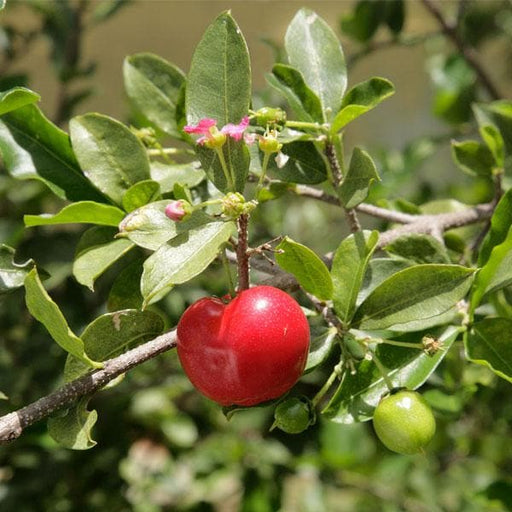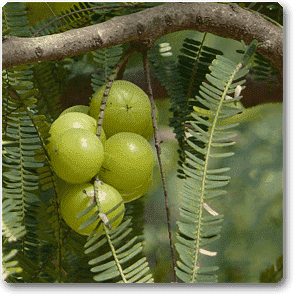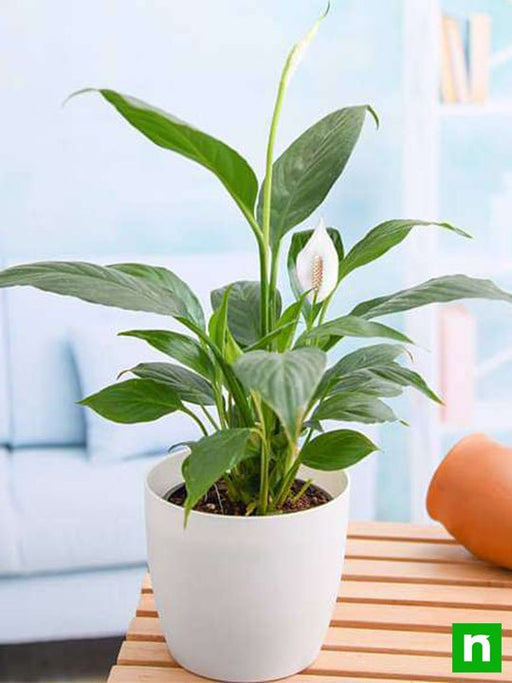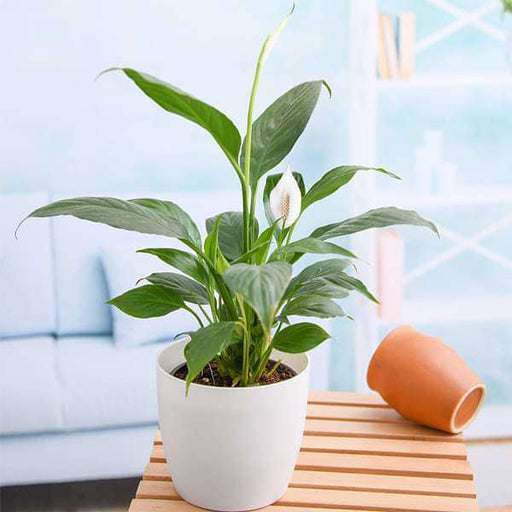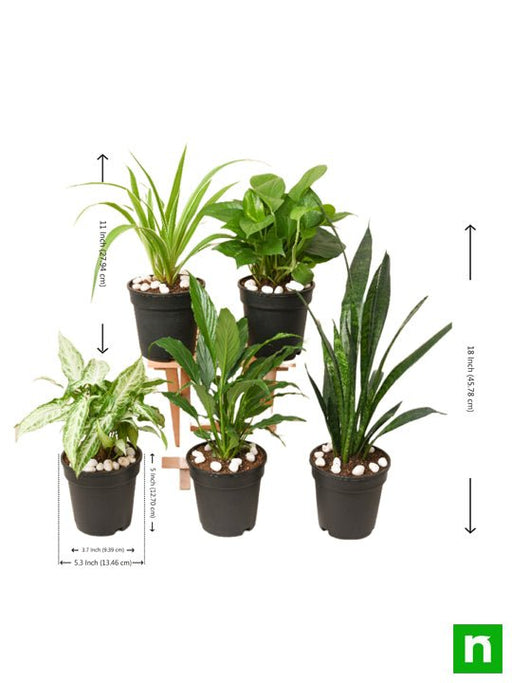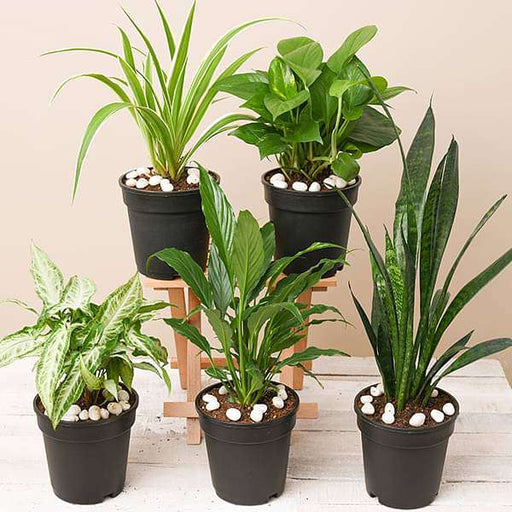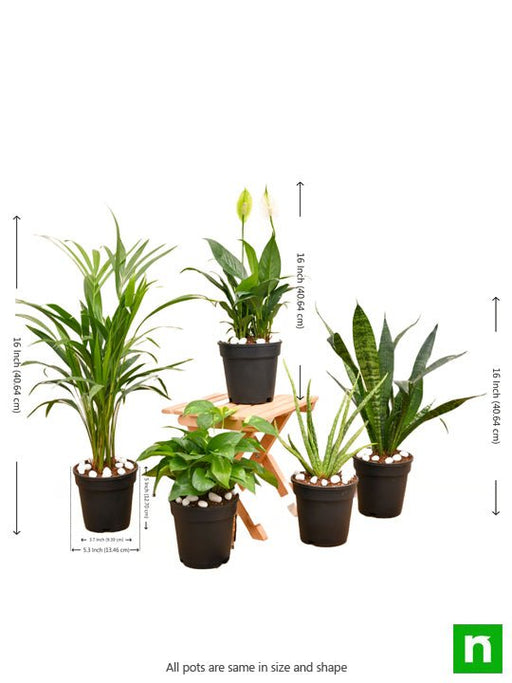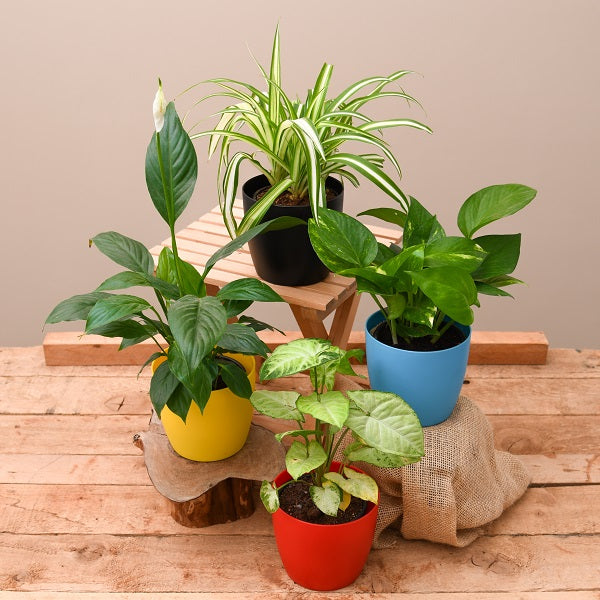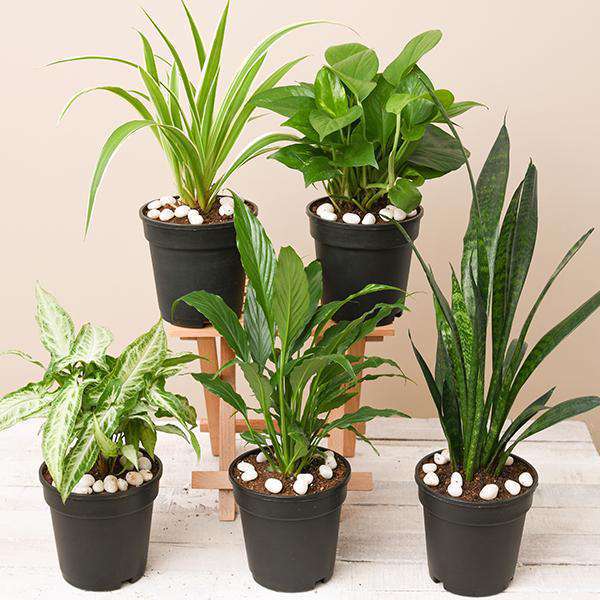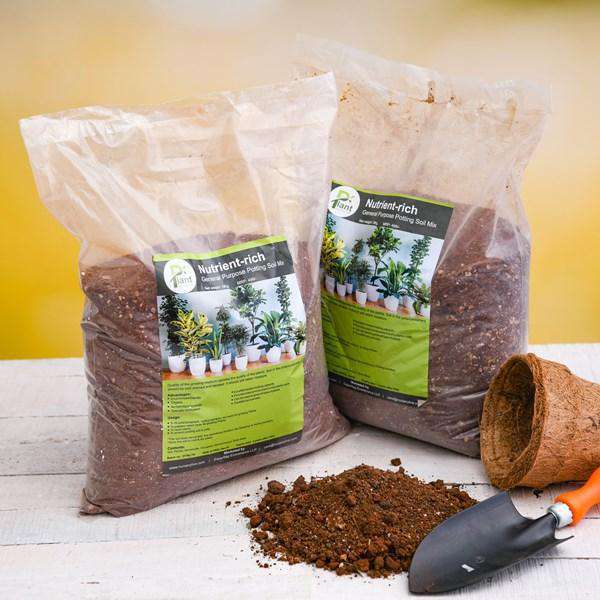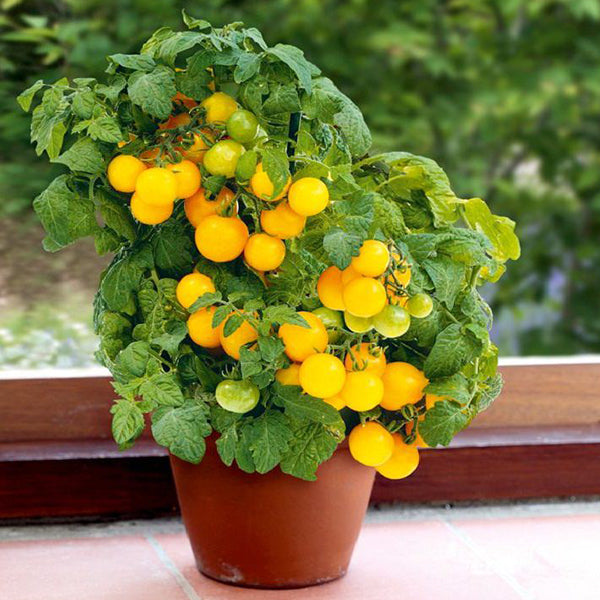Description
Culantro (Eryngium foetidum) is a biennial herb common throughout the Caribbean and Central America.
Eryngium foetidum is a tropical perennial and annual herb in the family Apiaceae. Its scientific Latin name literally translates as foul-smelling thistle . Common names include culantro, Mexican coriander and long coriander.
Plant Specifications
*above specification are indicative only. actual dimensions may vary by +-10%
| Common Name |
Eryngium foetidum |
| Maximum Reachable Height |
4 to 8 inches long leaves |
| Flower Colour |
greenish |
| Difficulty Level |
easy to grow |
Planting and care
Plant cilantro in full sun and well-drained soil.Be mindful of cilantro s growing season.Plant cilantro in its own space so it has room to re-seed.
Stagger plantings to ensure an uninterrupted harvest.Remember to fertilize every four to five harvests.Water germinating seeds well.
Culantro care
It grows best in a well-drained, moist soil. Cilantro plants should be spaced about 6 to 8 inches apart. To harvest fresh cilantro all season, make successive sowings every 2 to 3 weeks starting in late spring. From the time of sowing seed, cilantro leaves can begin to be harvested in about 3 to 4 weeks.
In the wild, culantro growing conditions for thriving plants are shaded and wet. Even when the culantro plants are kept in shade, they tend to flower, a leafless stalk with spiky light green blossoms. Pinch the stalk or cut it off to encourage additional foliage growth. Mimic the natural growing conditions as much as possible, keeping the plant in the shade and consistently moist. Culantro plant care is nominal, as it is relatively pest and disease free. It is said to attract beneficial insects as well as defend against aphids.
| Sunlight |
partial shade |
| Watering |
medium |
| Soil |
well-drained, moist soil |
| Temperature |
75F |
| Fertilizer |
any organic fertilizer |
Culantro special feature
Cilantro is a tender herb (along with mint and basil) which has gentle leaves that are best to add either raw or near the end of cooking in order to maintain their delicate flavor and texture.
Culantro uses
Ornamental Use:
- The plant is used for ornamental purpose
Medicinal Use:
- Some studies suggest that increasing consumption of plant foods like cilantro decreases the risk of obesity, overall mortality, diabetes, and heart disease while promoting healthy skin and hair, increased energy, and overall lower weight





